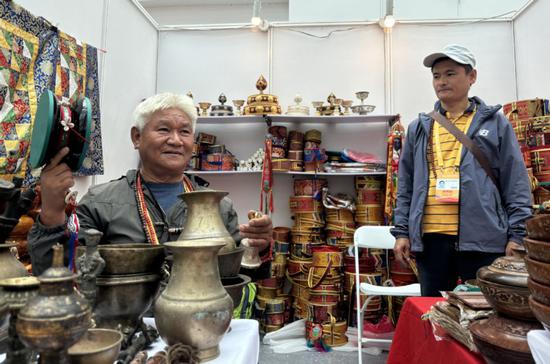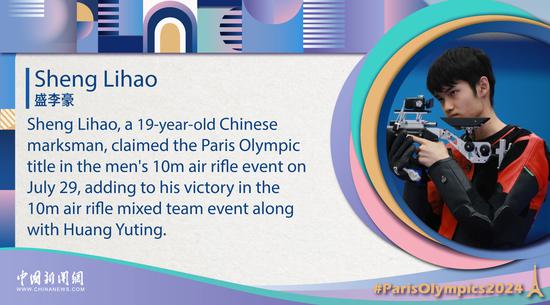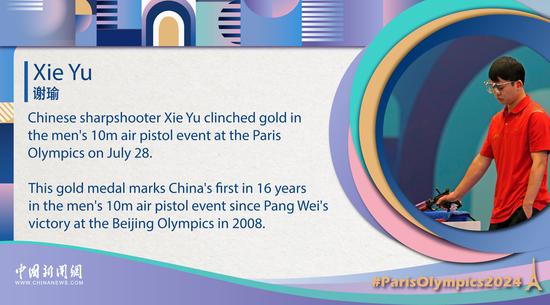
Exhibitors from Nepal manage their booth during the Lhasa Shoton Imports Expo in the Xizang autonomous region on Tuesday. (PALDEN NYIMA/CHINA DAILY)
The five-day Lhasa Shoton Imports Expo, which kicked off in the capital of the Xizang autonomous region on Sunday, has brought together 246 companies from 31 countries and regions, alongside over 600 foreign merchants, marking the region's largest import commodity expo in over a decade.
With five themed pavilions representing countries like Nepal, Serbia, Malaysia, Thailand and Mongolia, the grand event will showcase a diverse array of over 1,000 types of goods, ranging from handicrafts and consumer products to food and beverages, cultural items, electronics, and clothing, across 8,000 square meters of exhibition area.
Wang Qiang, mayor of Lhasa, highlighted the expo's importance in Lhasa's efforts to position itself as an open center facing South Asia and to accelerate foreign trade development.
Wang emphasized the city's proactive approach in deepening economic and trade exchanges with neighboring countries and regions, underscoring the significance of initiatives like the 15 measures introduced this year to support the enhancement of foreign trade.
The expo also serves as a platform for promoting investment and economic cooperation. The Lhasa Investment Promotion Bureau has unveiled 35 preferential policies to attract investment, while the Nepal-China Chamber of Commerce has organized over 60 companies to participate, fostering economic ties between China and Nepal.
Visitors have been captivated by the diverse offerings at the expo, with Malaysian food attracting a significant clientele and Nepalese handicrafts drawing keen interest. Consumers from Lhasa and surrounding areas have expressed enthusiasm for the opportunity to purchase imported goods, with one family from the region acquiring a range of products including Russian nesting dolls, Nepalese handicrafts, and Australian honey.
Norzin, a translator and shopping assistant at a Nepalese stall, said they are selling antiques, wooden handicrafts, prayer beads, monastic articles and more.
"It's the third time that we have participated in the imported goods fair in Xizang, It's the third day of the expo, and the stall's daily revenue of the first two days has exceeded 8,000 yuan ($1,100)," she said.
Sonam Choki, a merchant from Bhutan selling products including apparel, wooden bowls, incense, medicines and beauty products at the expo, also said that it was her third time at the fair.
"It is a good chance for us to do business. I am happy with their help and reception, but the duration of the expo is too short — only five days — I expected it to be longer," she said.
"As yesterday was a holiday, it was very crowded; today is a workday, some people will come in after 6 pm, but the shopping mall closes at 6, it is a bit early," she said.
"This year, my business is a little better than last time; my revenue yesterday was 12,000 yuan, and I hope my business will become better in the next few days," Choki added.
Sonam Jampal, who is in charge of receiving merchants from Nepal and Bhutan, said thanks to the efforts made by government institutions, including the Lhasa commerce bureau, an increasing number of import fairs have been held in the last few years, and it is a good chance for local residents to shop for imported goods.
"It was very crowded on the first and second day, and the revenue of merchants from Nepal and Bhutan on the first day reached 1.5 million yuan," Jampal said.
"The event not only showcases the richness of international trade but also highlights Lhasa's growing role as a hub for economic engagement with South Asia and beyond, and I hope more international enterprises with more diversified products will join such fairs in the future," he said.
"Not only will the participating merchants benefit financially, this expo will also provide a different shopping experience for the local residents, and further help promote local consumption."


















































 京公网安备 11010202009201号
京公网安备 11010202009201号